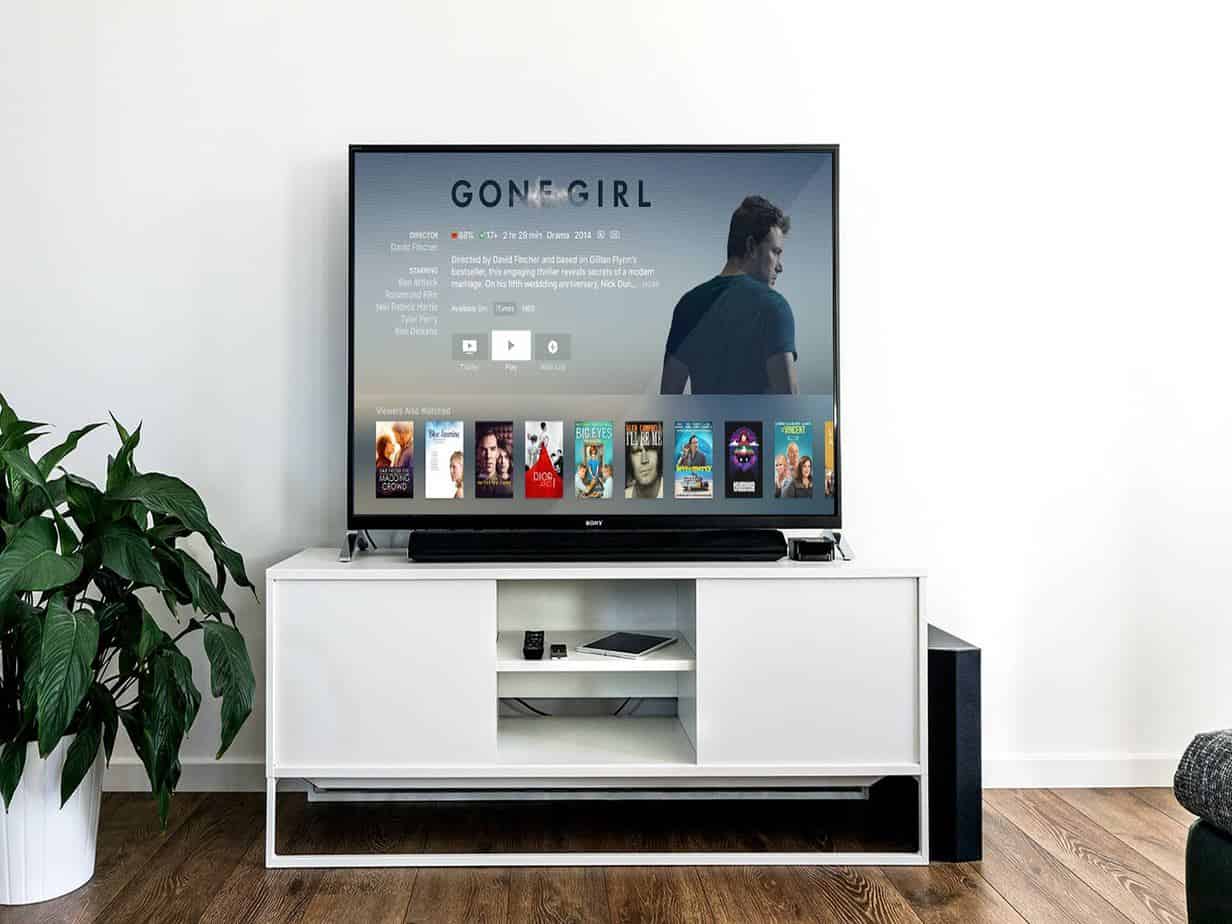
From 2010 through May 2018, the number of homes that are using digital devices to watch TV content has risen by 48% to 16 million, according to The Nielsen Local Watch Report. Consumers in these households use devices such as tablets, smartphones and smart TVs as their primary methods of viewing, rather than traditional TVs with a cable or satellite subscription.
Who?
Who are these viewers? According to Nielsen, consumers using subscription video on-demand (SVOD) services are primarily young parents (around 36-years-old) with approximately two or more kids. They’re also primarily white (60%) with a median income of $44,500. The tech they fill their homes with includes:
- Smartphones: 97%
- Desktop Computers/Laptops: 84%
- Tablets: 69%
- Internet Connected Devices: 62%
- Enabled Smart TVs: 48%
How Often?
On a daily basis, SVOD-utilizing adults spend an average of one hour and 57 minutes watching video content on traditional TVs and one hour and 25 minutes viewing video from TV-connected devices. Even though traditional TV is still getting an average of 32 more minutes of viewership a day than TV-connected devices, that’s a much smaller gap than households without SVOD.
Non-SVOD adults tend to watch five hours and 13 minutes of video via traditional TV on a daily bases versus only 35 minutes on TV-connected devices. This difference is likely caused by age gaps, explains Nielsen. Non-SVOD adults are generally around the age of 55 with incomes of less than $30,000. Only 58% of these households even have access to the internet.
For more detailed information on who is watching non-traditional TV, check out AudienceSCAN on AdMall from SalesFuel. There, you can find information on audiences such as OTT TV Viewers, Smart TV Users and Internet TV Watchers, as well as their purchase intent and the types of advertising that are most effective on them.
So, TV advertisers posting ads via subscription video on-demand should be targeting a younger, more connected audience. Nielsen also shows that prime viewing time for these households is between the hours of 10:00 p.m. and 5:00 a.m. If your clients are aiming for the viewership of an older audience, encourage them to stick with traditional TV.
